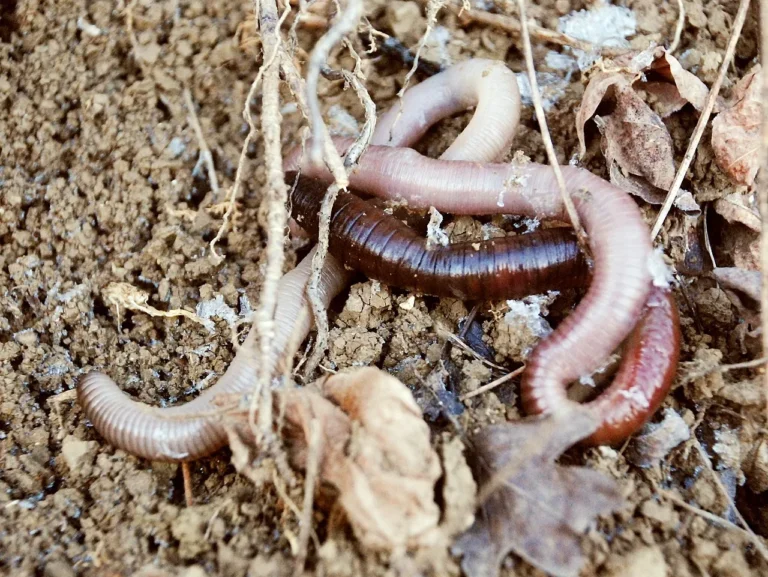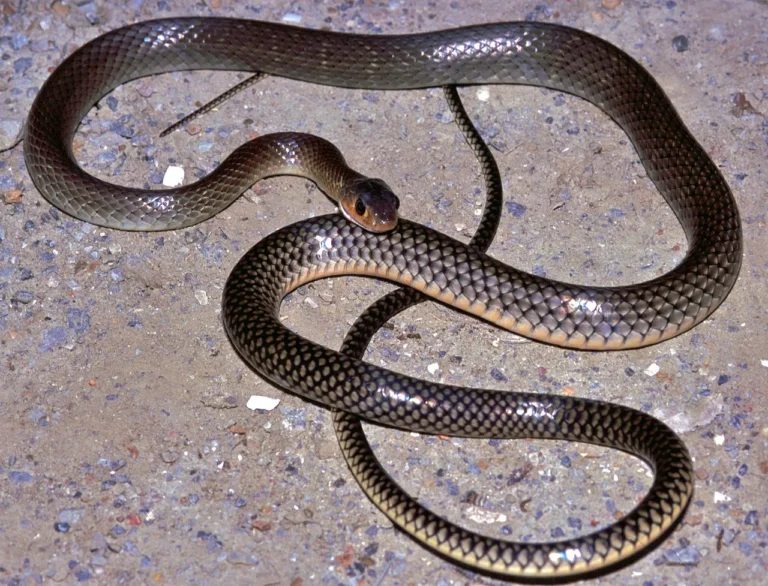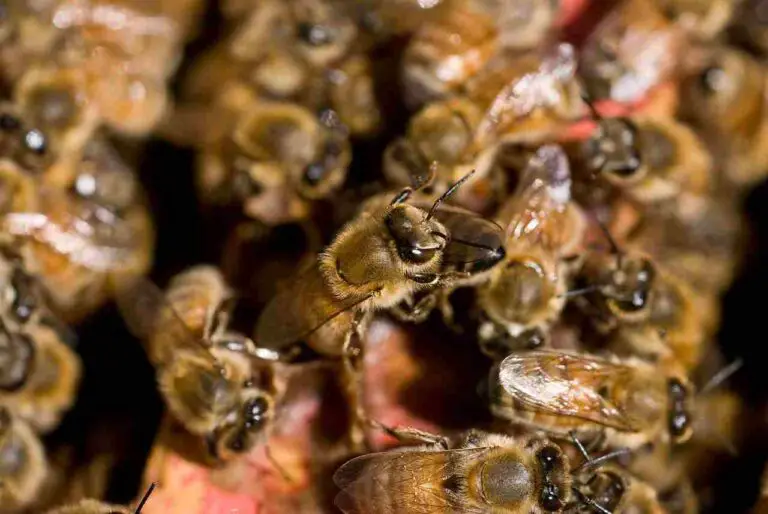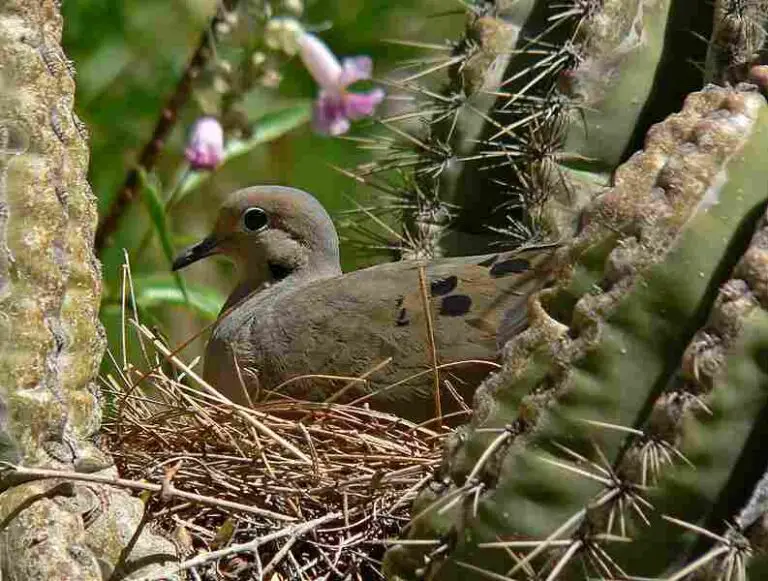Biodynamic Farming Definition, Comparison, Principles Explained
Biodynamic farming is a type of sustainable farming that approaches the farm as a holistic, living entity or ecologic system. This article discusses biodynamic farming definition, comparison and principles, as outlined below;
-Biodynamic Farming Definition: 5 Ways to Define Biodynamic Farming
-Biodynamic Farming vs Organic Farming: A Comparison
-Biodynamic Farming vs Permaculture
Biodynamic Farming Definition: 5 Ways to Define Biodynamic Farming
Biodynamic farming is the cultivation of crops and rearing of livestock with emphasis on sustainability, environmental justice, and ethical practice.
The above biodynamic farming definition highlights the link between this type of farming and sustainable development concept, with regards to efforts to mitigate climate change, desertification and all forms of agro-related environmental degradation, while establishing circular economy and societal stability.
Below is an alternative biodynamic farming definition that portrays the concept as one of the principles of sustainable farming;
Biodynamic farming is holistic approach to agriculture whereby crops and livestock are raised based on sustainable principles to mitigate environmental impacts and boost production.
The next biodynamic farming definition further clarifies the term “holistic” which is used in the definition above;
Biodynamic farming is a sustainable agricultural concept and practice which treats the farm as an elaborate, autonomous and living entity, by avoiding materials and methods that affect ecologic equilibrium on the farm [3].
With regards to ecology, it can be argued that the goal of biodynamic farming is to unify the dynamics of agriculture with those of the natural ecosystem. This perspective is used in the biodynamic farming definition below;
Biodynamic farming is an eco-friendly system of agriculture which attempts to unify the growth of farm crops and livestock with the natural recycling of nutrients and bioenergy in the ecologic pyramid, and between carbon sources and sinks.

The final biodynamic farming definition below, highlights the versatility of the concept and its links to other agricultural fields;
Biodynamic farming is a type of farming that encompasses and correlates with other sustainable agricultural approaches and practices like organic farming, crop rotation, contour farming, conservation tillage, hydroponics, biorefinery operation and biomass conversion.
Aside the practices listed above, biodynamic farming also shares ties with others like environmental remediation, carbon sequestration, water conservation and soil conservation.
Biodynamic Farming vs Organic Farming: A Comparison
The main difference between organic farming and biodynamic farming is that biodynamic farming is more restrictive in its exclusive use of farm-based natural resources, than organic farming.
Unlike organic farming which adopts a multidimensional approach to the farm, biodynamic farming treats the farm as a singular, living being [1].
What this implies is that in biodynamic farming, the farm is regarded and operated as a closed or isolated system, which survives by depending only on its own resources.
It can be argued that biodynamic farming is more conservative than organic farming. It reduces energy waste and biomass loss by utilizing natural processes like biodegradation to recycle and reuse natural resources on the farm.
Although this is similar to what is done in organic farming; organic farming is more relaxed in its mode of attainment of resources. On the other hand, biodynamic farming completely limits the use of any external resources or inputs on the farm [2].
For example, composting is practiced in both organic and biodynamic farming systems. However, organic farming does not always demand that the organic waste must come from the farm. In a typical biodynamic farm, all compost materials are derived from crop residue and other wastes produced on the farm, with no input from external sources.
While organic farming does not support the use of synthetic chemicals as fertilizers, herbicides or pesticides, it is open to the use of bio-based chemical products. In biodynamic farming, all types of chemicals are generally avoided.
Biodynamic farming may also restrict the use of biological control, which is a common option for pest, weed and disease control in organic farming.
The table below summarizes the comparison between biodynamic and organic farming systems;
|
Comparison Criteria |
Biodynamic Farming |
Organic Farming |
|
Ecologic Conservation |
Yes |
Yes |
|
Closed-Systemic Approach |
Yes |
No |
|
Bio-based Chemical Use |
Disallowed |
Allowed |
|
Biologic Control |
Restrictive |
Flexible |
|
External Resources |
Disallowed |
Allowed |
|
Relative Versatility |
Moderate |
High |
Biodynamic Farming vs Permaculture
The main difference between biodynamic farming and permaculture is that permaculture involves efforts to replicate natural ecology, while biodynamic farming aims to align agricultural practices with natural ecology.
What this implies is that permaculture is an elaborate approach that seeks to convert the farm into a ‘manmade-natural ecosystem’ whereas in biodynamic farming, the primary goal is to ensure that the farm does not operate contrary to the existing natural conditions of the ecosystem.
Although permaculture is more calculated and elaborate than biodynamic farming, it is not as restrictive as biodynamic farming.
In permaculture, all attainable resources within and beyond the farm can be utilized, so long as they are used in a sustainable manner that helps the farmer achieve his goal of converting the farm into a natural ecosystem.
On the other hand, biodynamic farming does not treat the farm as a natural ecosystem. Rather, it treats the farm as a living, closed system that exists within the natural environment, in unison with the natural environment.
This means that biodynamic farming seeks to minimize all manmade environmental impacts on the farm and its environs, while permaculture seeks to replicate the conditions of the ecosystem, on the farm.
In permaculture, less effort is made to isolate the farm from its surroundings, as is done in biodynamic farming. Instead, the farm is allowed to interact naturally with its surroundings, as is the case with natural forests, grasslands, deserts and tundras.
Lastly, biodynamic farming differs from permaculture by insisting that the farm performs soil conservation autonomously by using its own organic waste to produce compost fertilizer and other soil amendments like biochar.
Permaculture is therefore closer to organic farming, agroforestry and conventional practices of sustainable agriculture, than biodynamic farming.
The table below summarizes differences between biodynamic farming and permaculture;
|
Comparison Criteria |
Biodynamic Farming |
Permaculture |
|
Ecologic Conservation |
Yes |
Yes |
|
Closed-Systemic Approach |
Yes |
No |
|
Relative Stability |
Low |
High |
|
Farm Concept |
Holistic, Isolated, Closed |
Reductionistic, Versatile, Open |
|
Primary Aim |
Ecologic Alignment |
Self-Sufficiency |
|
Bio-based Chemical Use |
Disallowed |
Allowed |
|
Biologic Control |
Restrictive |
Flexible |
|
External Resources |
Disallowed |
Allowed |
|
Relative Versatility |
Moderate |
High |
Biodynamic Farming Principles
Biodynamic farming principles are;
1). Self-sufficiency
2). Ecologic Sustainability
3). Resource Conservation
4). Biodiversity
Conclusion
Biodynamic farming is an agricultural concept and practice which achieves sustainability and conserves resources by treating the farm as a self-sufficient, holistic, singular, and living being.
Biodynamic farming is different from organic farming and permaculture by being more restrictive in its handling of agricultural resources.
Principles of biodynamic farming are; self-sufficiency, ecologic sustainability, resource conservation and biodiversity.
References
1). Chhabra, E. (2017). “Biodynamic farming is on the rise – but how effective is this alternative agricultural practice?” Available at: https://www.theguardian.com/sustainable-business/2017/mar/05/biodynamic-farming-agriculture-organic-food-production-environment. (Accessed 15 October 2022).
2). Reeve, J. R.; Carpenter-Boggs, L.; Sehmsdorf, H. (2011). “Sustainable Agriculture: A Case Study of a Small Lopez Island Farm.” Agricultural Systems 104(7):572-579. Available at: https://doi.org/10.1016/j.agsy.2011.04.006. (Accessed 15 October 2022).
3). Venkatesh, P.; Lakshmipathy, M.; Kumar, P. A. (2015). “Sustainability of environment through biodynamic agriculture.” Available at: https://doi.org/10.15740/HAS/AJES/10.1/50-56. (Accessed 15 October 2022).




